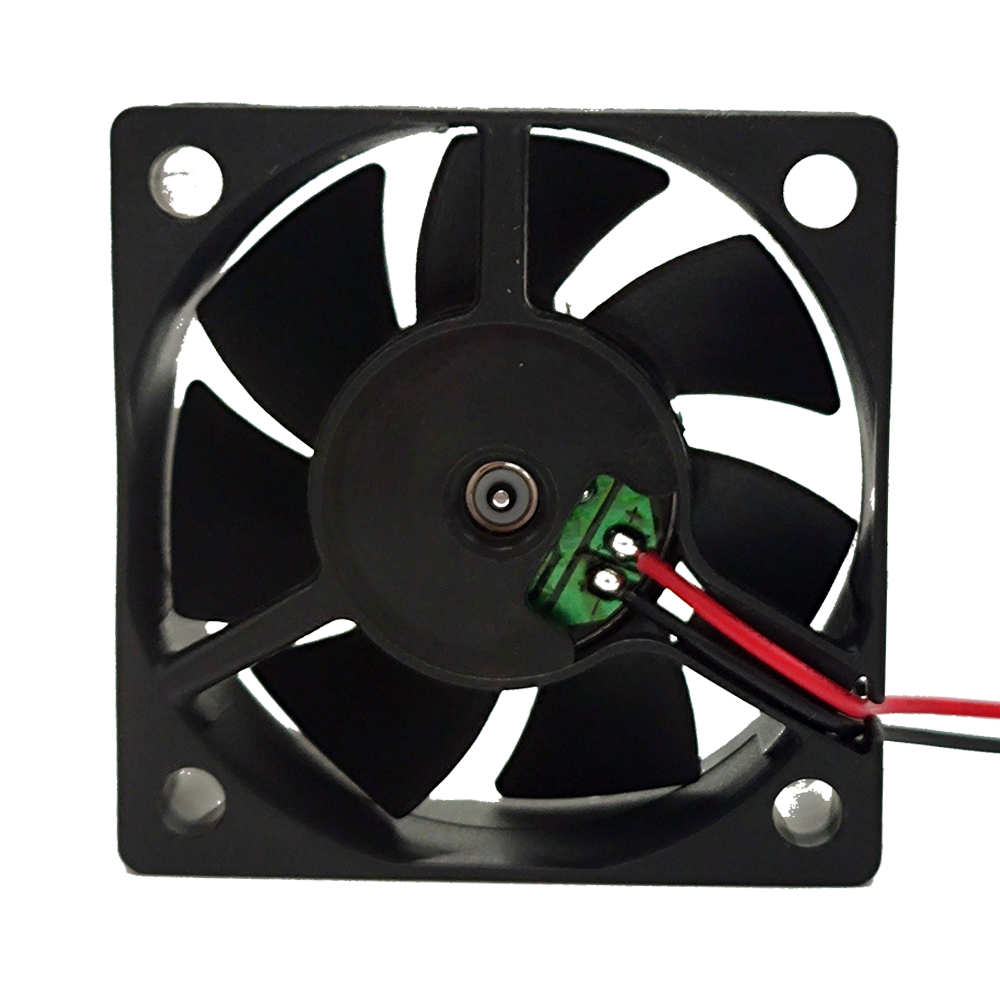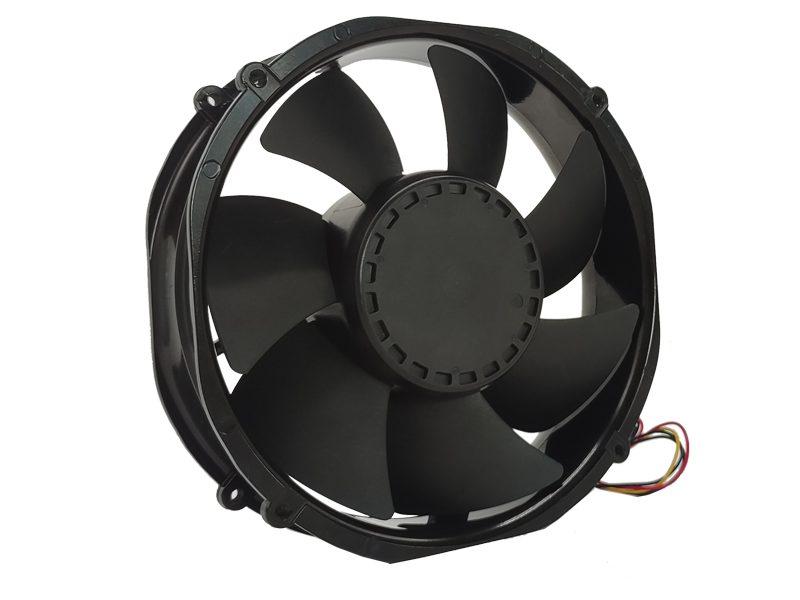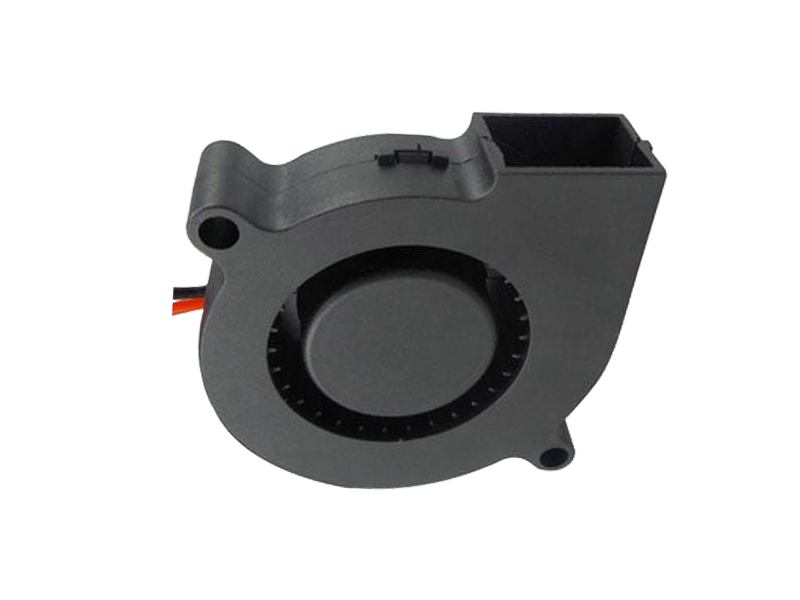Subtitle: How Modular Design and Advanced Materials Are Reshaping Heavy-Duty Ventilation
Industrial fans have evolved from rugged workhorses to precision-engineered systems, driven by demands for energy efficiency, adaptability, and extreme durability. Modern product development prioritizes modularity and material innovation, enabling fans to operate in environments that were previously inhospitable.
1.1 Modular Architecture: The Backbone of Flexibility
Traditional industrial fans were monolithic designs, requiring complete overhauls for even minor upgrades. Next-gen models adopt a Lego-like modular framework:
Plug-and-Play Components: Quick-release couplings and standardized interfaces allow rapid replacement of motors, impellers, or housing without reengineering the entire system. A mining operation reduced downtime by 68% by swapping modules during peak production hours.
Scalable Performance: A single fan base can accommodate impellers ranging from 1.2m to 3m in diameter, catering to flow rates from 10,000 to 100,000 CFM. This "one platform, multiple applications" approach slashes inventory costs by 40%.
Smart Integration: Modular fans incorporate IoT gateways, vibration sensors, and AI-driven diagnostics as optional add-ons, avoiding unnecessary upfront costs for basic users.
1.2 Material Breakthroughs: Pushing Boundaries of Strength and Lightness
Carbon Fiber Composites: Used in impeller blades, these reduce rotational inertia by 55%, enabling faster acceleration/deceleration. A cement plant reported 22% energy savings after switching to composite fans.
Self-Healing Coatings: Polymer layers with microcapsules of healing agents automatically repair corrosion damage in marine environments, extending lifespan by 3x compared to galvanized steel.
Ceramic Matrix Composites (CMCs): For high-temperature applications (e.g., steel mills), CMC-lined housings withstand 1,200°C exhaust gases without deformation, eliminating the need for bulky cooling systems.

1.3 Aerodynamic Optimization: Beyond CFD Simulations
Leading manufacturers now use 3D-printed prototypes for rapid aerodynamic testing. By iterating 50+ designs weekly, they’ve achieved:
15% higher static efficiency through bio-inspired blade profiles mimicking humpback whale fins.
40 dB noise reduction via serrated trailing edges that disrupt turbulent airflow.
20% improved surge resistance using computational fluid dynamics (CFD) to map and eliminate flow separation zones.
Conclusion: The modular, material-driven revolution in industrial fans is not just about hardware—it’s about creating adaptable platforms that evolve with user needs while minimizing total cost of ownership.
Recommended Products

The main purpose:Car charging station

The main purpose:Car charging station

The main purpose:Electronic refrigerators, water dispensers, direct drinking machines, inverter power supplies
Address:No. 4137, Longgang Avenue (Henggang Section), Henggang Community, Henggang Street, Longgang District, Shenzhen
hotline:13530005572(Chen)15112579390(Li)


Welcome all friends to come for consultation and negotiation.
Copyright 2024 @ Shenzhen Youneng Xinyuan Electronics Co., Ltd.,(industrial fans,industrial blowers,axial fans,cooling fans manufacturer,centrifugal fans,ac cooling fans,dc cooling fans)